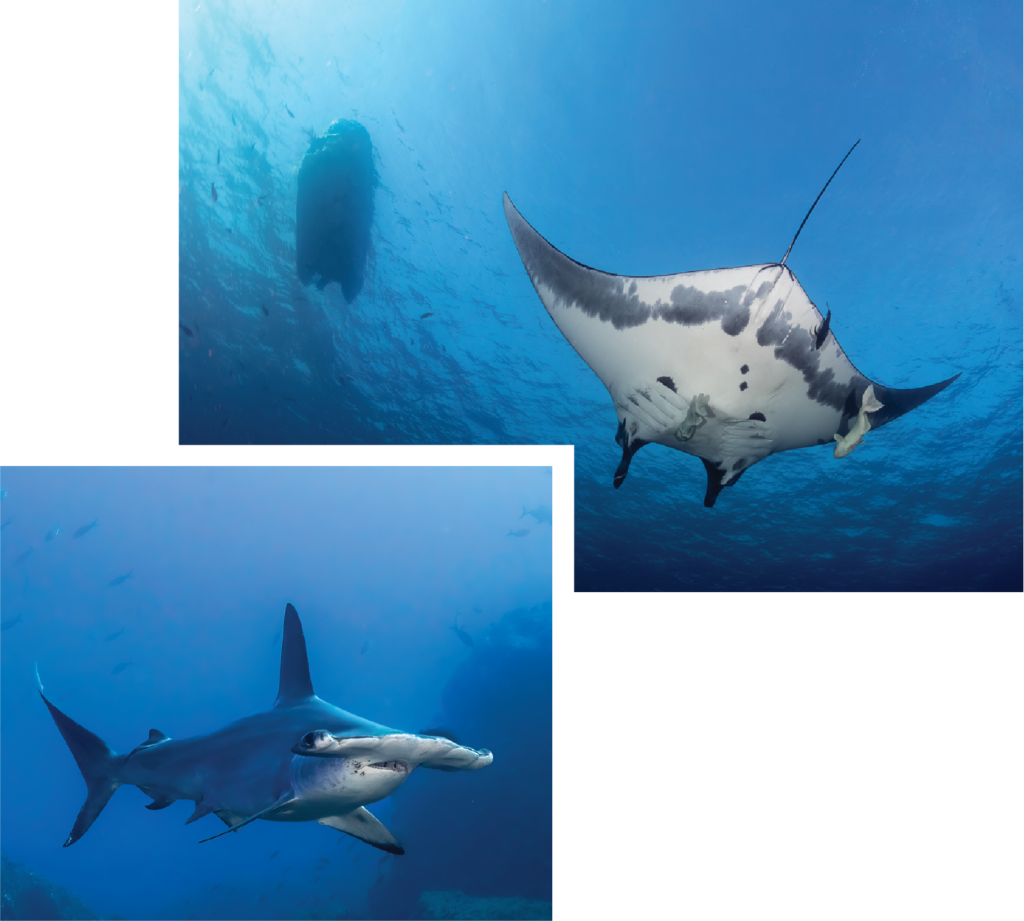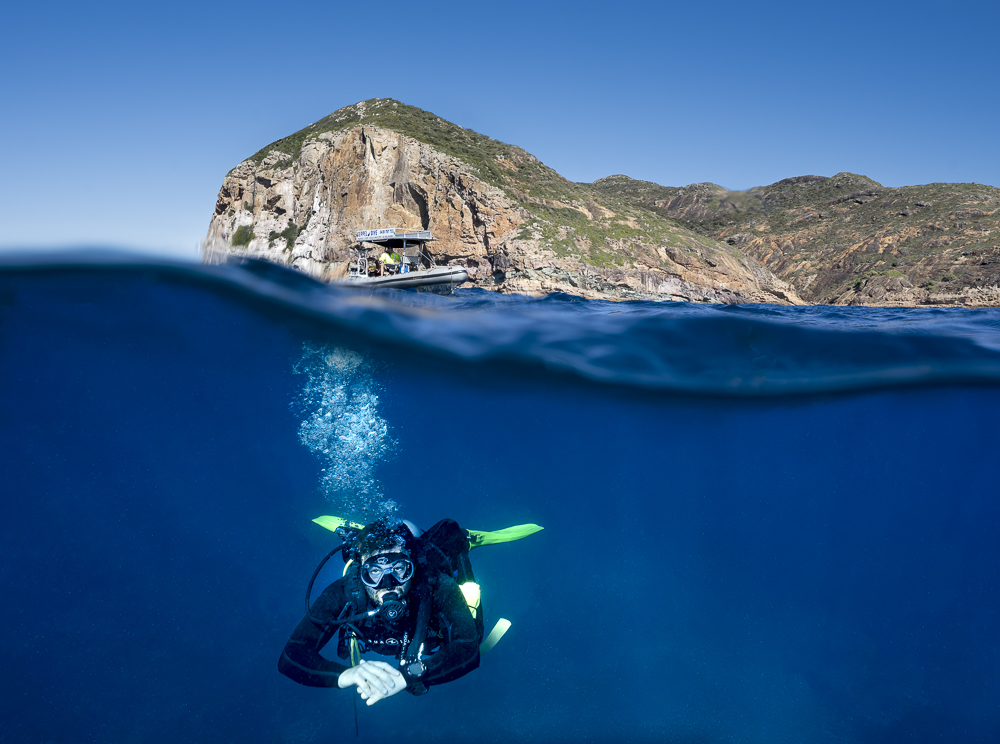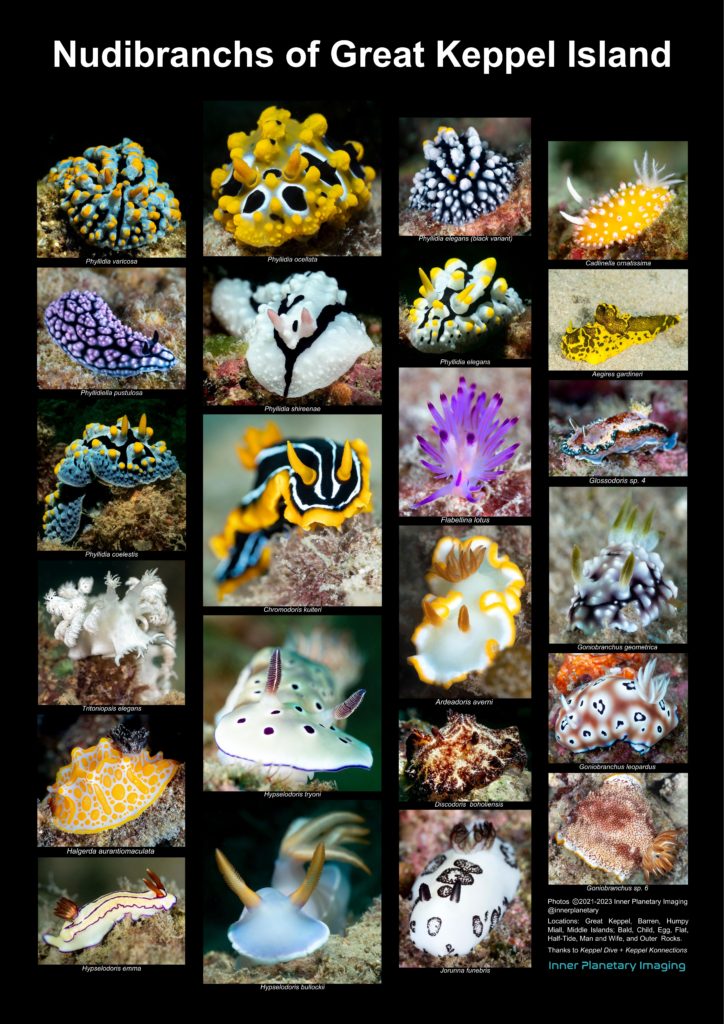Welcome To Inner Planetary Imaging
The Big Stuff
Nothing provides the thrill of a closeup big animal encounter underwater. Sharks, the apex predator of many marine habitats, are endangered from over-fishing, habitat destruction and targeted killing, and in many places the lack of sharks is a stark warning of an ecosystem in decline. From the friendly Grey Nurse sharks of Wolf Rock in Queensland, to the schooling Scalloped Hammerheads and Galapagos sharks of the Galapagos and Socorro Islands, shark encounters always provide a thrill.
Pacific mantas are mesmerising creatures, coming in black or chevron (black and white) variants. With their large, triangular wingspan that can reach up to 7 metres, they glide through the water with remarkable agility. Pacific (and their smaller relatives reef) mantas have a unique pattern of spots on their bellies that are used for identification, allowing researchers to track populations and behaviour worldwide. These gentle giants are filter feeders, consuming large quantities of plankton and small fish by swimming with their mouths open. Diving with the Pacific mantas of the Revillagigedo Archipelago (Socorro Islands) of Mexico is a particular thrill, as they actively seek out diver’s bubbles for presumably the tactile feeling on their bellies, so prepare for numerous close flyovers.
Sea turtles have roamed the seas for millions of years, embodying resilience and a deep connection to the marine environment. Sea turtles are known for their unique life cycle, with females returning to the same beaches where they were born to lay their eggs. These remarkable creatures face numerous challenges, including habitat loss, plastic pollution, and entanglement in fishing gear. As ambassadors of the sea, sea turtles remind us of the importance of preserving our oceans and the incredible biodiversity they harbor.



Available now! Nudibranchs of Great Keppel Island A2 full -colour poster (600 x 420 mm). AUD$25 + postage. Please email IPI for details.
© Inner Planetary Imaging 2023. All Rights Reserved.

















